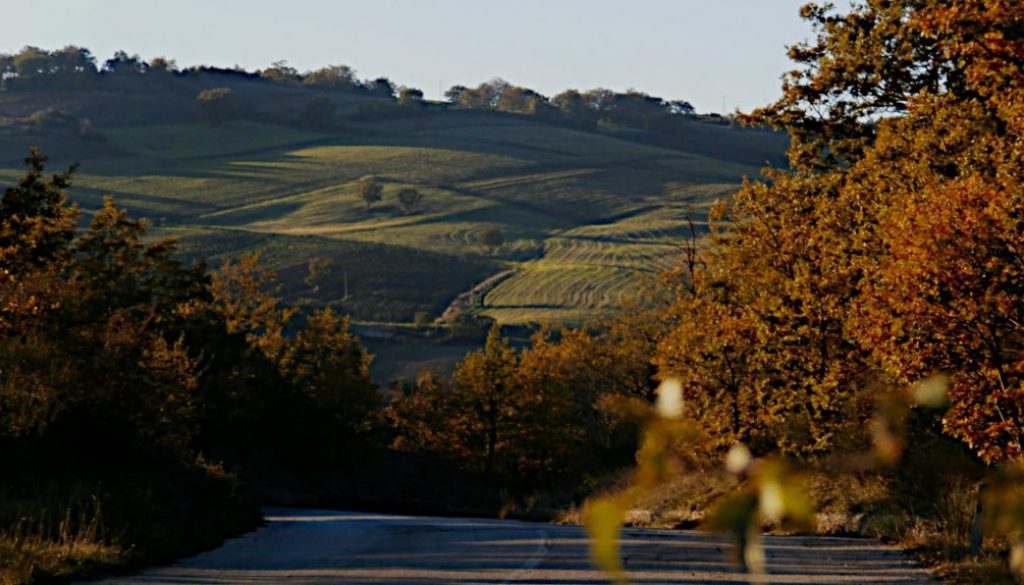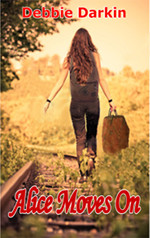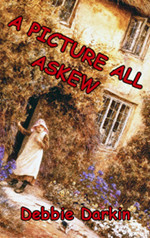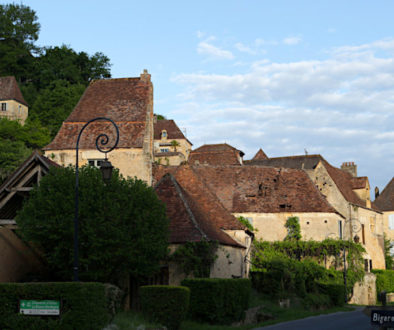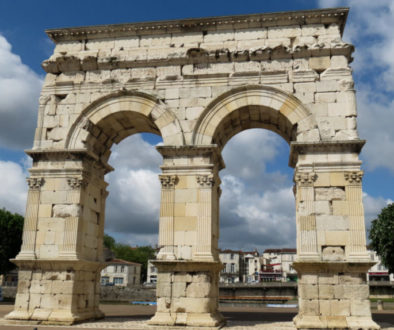TRICARICO – GOOD COUNTRY FOOD – TRADITIONAL CUSTOMS
Tuesday, November 1st:

GOURMET FARE – ‘OFF THE BEATEN TRACKS’.
We were going on a ‘drive of discovery’ when, close to Tricarico, we happened on this restaurant at 2pm on All Saints Day – another Bank Holiday. We were hungry, but expected to find the door locked.
Not a bit of it! The first thing that caught my eye was the strange headdresses hanging on the wall. Multi-coloured ribbon streamers hung from one; the other was black. Nearby a log fire was blazing in the large grate, and even at this time of day, two or three tables were occupied.
WE GET A COUNTRY WELCOME!
Everyone looked up and gave us ‘Buon Giorno’, and the son of the house hurried to welcome us. He offered us a table near the fire, but we thought that might be too hot. So he placed us near some rapidly filling tables in the middle of the room.
SURELY A LOCAL RITE LOST IN ANTIQUITY

We asked him about those long-ribboned headdresses.
‘Ah,’ he said. ‘Those are my father’s and mine. We wore them for the Carnevale delle Maschere, Tricarico. My father was all in black, with the red streamers. He represented the bull. I was the cow.’ Seeing our puzzled faces, he quickly explained – though by now the other local customers were anxious to add their bit.
It seems that sometime in January comes the day dedicated to the patron saint of animals. Local people take their animals (many adorned with beads and necklaces) to pass round the local church three times. The animals then enter to be blessed. Well, we have something similar in Britain – but not like this. I hope I’ve remembered this aright –
‘The old town is awoken at dawn by ‘low’ bells: The same service is provided by drums and clashing wooden battens. There follows a procession of men dressed from head to toe in white or black – women are forbidden.’ he continued.
‘The men in black wear the black headdresses with scarlet streamers down to their feet. They represent bulls. Those in white wear multi-coloured streamers – they are the cows. They all shake cow bells as they walk, as do the animals awaiting blessing, as bells are hung to their harnesses.’
It seems they are presently joined by the townspeople. At intervals there is a ritual ‘fertility dance’ between cows and bulls, with an enactment of the inevitable outcome. Rude humour indeed.
This sounds very primitive indeed – and reminded us of our English maypoles and Morris men. One wonders just how universal these old rites are – and just how old?
The festival lasts several days, but the procession of ‘masks’ is repeated on the Sunday, when the procession climbs up to a chapel ‘at the top of the mountain’. I cannot be sure, but it seems logical that is where the animals are blessed. There are feasts also – but when was not made clear.
‘Do you know that Tricarico is placed on a ‘transhumance’ route?’ A man in the far corner piped up. His English was good. ‘Which means,’ he continued, ‘that in the proper time and place animals and men can change into each other – and back again?’
‘That doesn’t surprise me,’ quipped another, and they all joked in Italian.
‘Because of this custom Tricarico,’ Our informant resumed, somewhat importantly, ‘–and its masks, in 2009 became part of the European Federation of Carnival Cities. It is a founding member of the Southern Italy Carnival Network.’
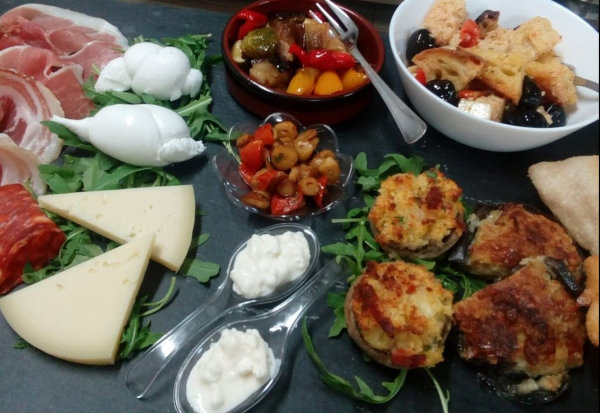
A TRULY LOCAL, RUSTIC MENU
Suddenly, we all became aware of filling tables. The son of the house quickly handed us a menu and moved on.
The menu he handed us was not large – but boy, it was tempting. Hard to choose…
After a ‘lagniappe welcome’ of buffalo mozzarella whipped with chopped hazelnuts (or was it walnuts?) we each then enjoyed a very nice, generous starter. Graham was delighted with the quality of the varied antipasti; he particularly enjoys a slice of good, paper-thin braesola, and there was plenty of that for him.
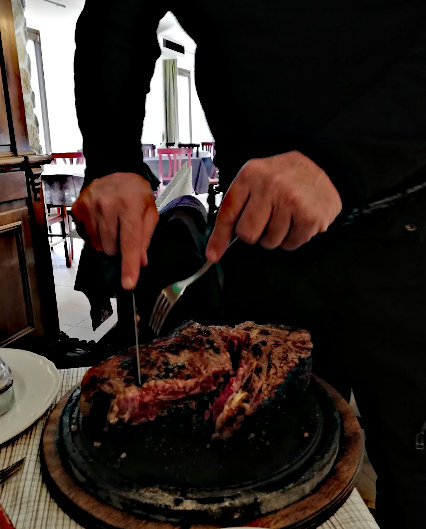
WILD BOAR – FOOD FOR THE GODS
Next we shared a mixed salad, and then were served with beautifully cooked wild boar meat and porcini. (We both chose the same because there should be a poem written about this dish – oh boy!).
A HIDDEN GEM WELL WORTH FINDING
We cannot remember if we had desserts – we were probably too stuffed. We still somewhere have the receipt for this feast, and it was amazingly low-priced. A hidden gem – do find it if you are travelling that way – and it’s a beautiful drive on the top road leading to Tricarico. _
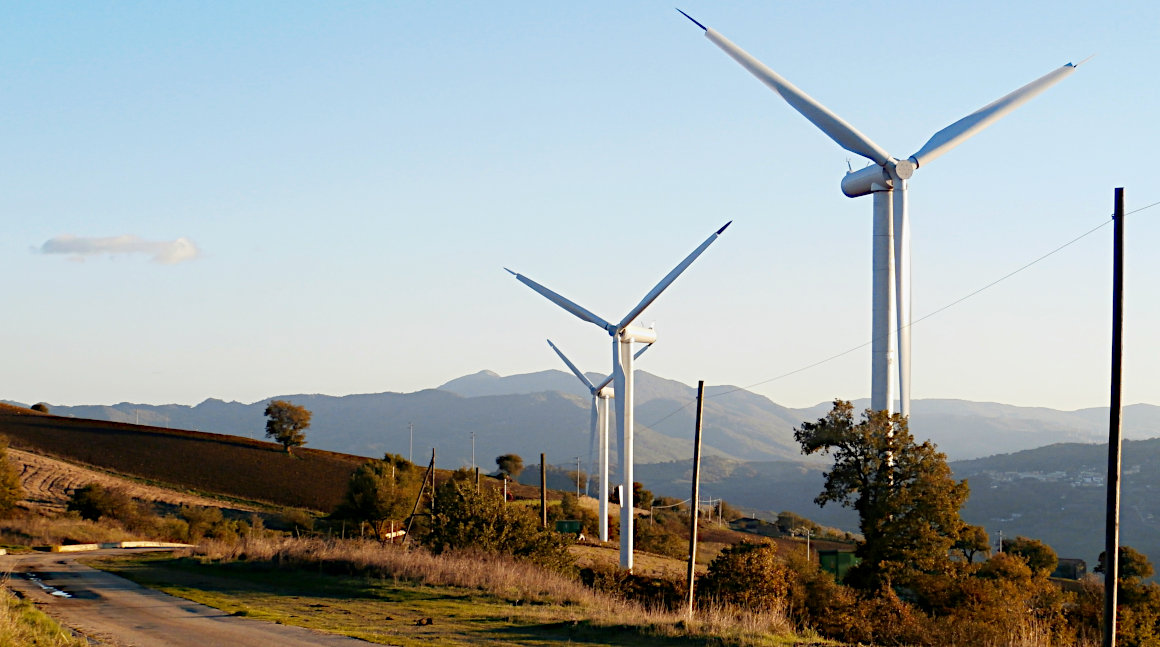
A SHORT WALK YIELDS PHOTOGRAPHS
After coming out of the restaurant we headed down a side road for a way. I had pointed out to Graham the satisfying curve made by the very tall wind turbines that had been installed – rather incongruously, on that lonely road. Even so, those stark vertical lines sweetly curving on the edge of a seeming precipice (for the ‘view’ was set well back behind them, across an invisible divide) made an arresting contrast.
A CRUMBLING BEAUTY
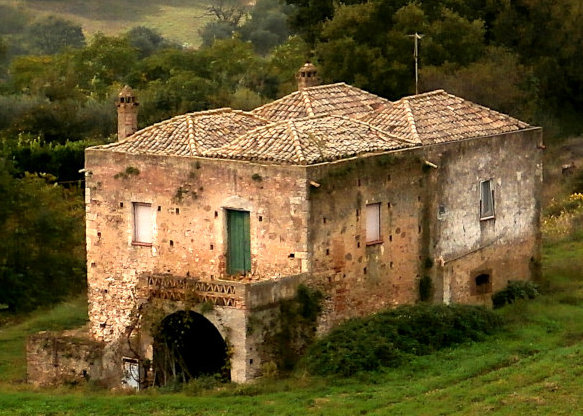
While Graham trotted off with his camera, I dove down a steep, short track, and was soon rewarded by the charm of a dilapidated but once-gracious masseria. It looked to be a few centuries old, but that may have been the effect of decay.
I went to join Graham and told him of my find, and when he was satisfied with his photo shots he followed me to my vantage point. Equally enthusiastic, he took a few photos, but said he was by no means certain that the place was empty, as I had assumed. He pointed to a TV aerial on the roof. Being British, we were relieved that nobody came out of the house and spotted our interest. So fond are we of this old building that we make no apologies if it has already appeared on another blog. We think it bears a second viewing…
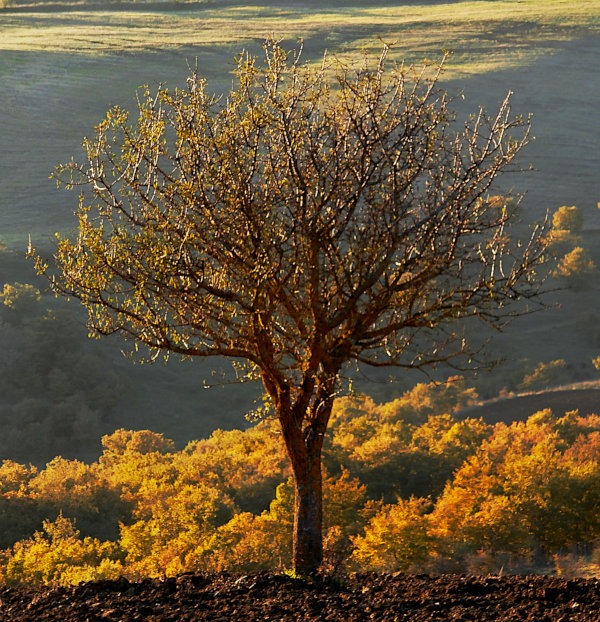
SO OFTEN TOMORROW NEVER COMES…
Afterwards, we completed the short ‘new’ road into Tricarico, and this time became aware that just up from the square, behind all the parked cars, there was a complete medieval city. However, the sky was darkening, and there were spots of rain, and the narrow, grey streets looked dauntingly steep to me. So we left it ‘for later’. As so often, that ‘later’ never came. We never learn…
Text by – Jackie Usher, SWWJ. (aka author Debbie Darkin, & ‘Graham Liverpool’ on Trip Advisor.)
Photographs by – Graham Usher.
![]()

